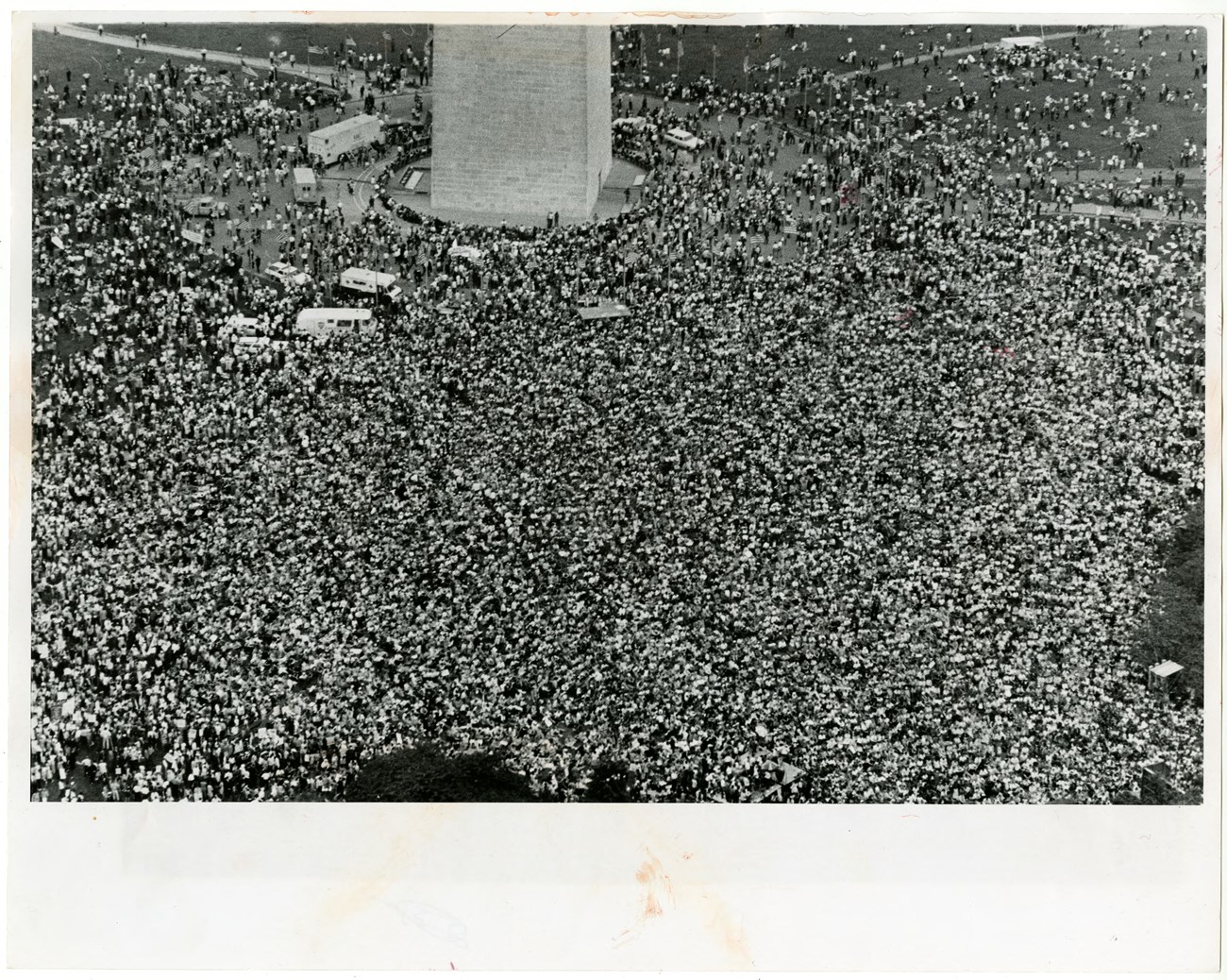Last updated: June 26, 2024
Article
The Indigenous Capital

DC Public Library Washington Star Collection
Samuel Vincent Proudfit, of Native American ancestry, wandered through the District of Columbia at the turn to the 20th century. He was looking for evidence of people who lived here thousands of years before any European colonist landed in the “New” World.
Proudfit was a United States Department of Interior archeologist and had previously studied the Mound Builders, evidence of the Mississippi Indigenous Culture. He understood, as few then did (and few do now), that the land of our nation’s capital was indigenous land.
When Captain John Smith ventured up the Potomac River in 1608, he found that between the Great Falls and today’s Anacostia River, there was a thriving collection of villages belonging to the Nacotchtank people. The Nacotchtank were an unafflilated group that lived with the boundaries of the greater Conoy/ Piscataway Chiefdom. The name, Nacotchtank, was later Latinized by Jesuit missionaries to “Anacostan.” The Latin version was said to be easier for European tongues to pronounce.
Here was a fur trading center, rich in raw materials and wealthy with crops…the “three sisters": corn, beans, and squash. The Nacotchtank greeted the Europeans warmly, just as the Powhatan people greeted the early settlers of Jamestown. The early European adventurers would not have survived without indigenous help.
The impact to the Nacotchtank from the European contact, was over time, devastating. Not only did the newcomers continue to need more and more of what was not theirs in order to survive and prosper, but the European settlers also took advantage of intertribal conflicts, made short-term alliances, and brought foreign diseases with them which devastated the Nacotchtank, who had no natural immunities.
So where are the Nacotchtank now? They are still here, though they don’t self-identify as Nacotchtank. Most of the historical groups were incorporated as the Conoy with the Delaware, Iroquois, Mingo and Shawnee during Colonial times. Some also moved north and east with other groups that left the area entirely. In the 1920s, when Native Americans in Virginia were classified as non-whites, and therefore subject to Jim Crow Laws, more relocated. The locally recognized Piscataway, Patawomeck, and Rappahannock may also represent descendents of these groups. Today, more than 4,000 American Indians live in present-day Washington, DC.
